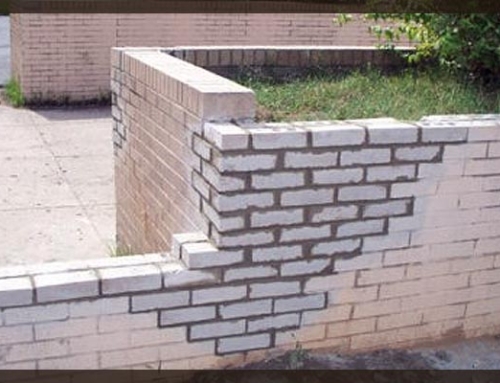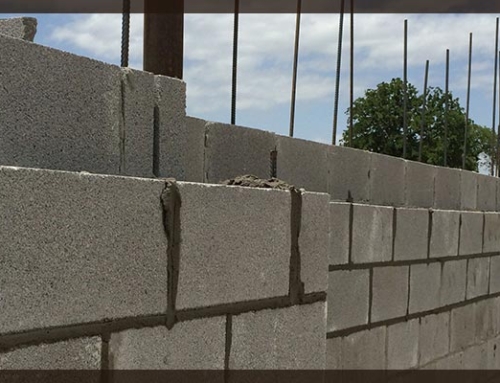While brick is one of the most long-lasting materials when it comes to your house’s structure, the mortar holding those bricks together is not quite as long-lasting. If you’ve been noticing damaged mortar on the exterior of your home, it may be time to take advantage of our professional tuck pointing service.
Tuckpointing is sort of like filling a cavity in that it is the process of removing damaged portions of your home’s grout and replacing these damaged portions with new mortar. When this process was first created, the tools used were made of forged iron. While the method of tuck pointing has not changed much since the 18th century, technology has led to new and improved tools fashioned from hardened tool steel. Modern tuck pointing can also involve the use of pneumatic and electric tools, as these are beneficial when grinding mortar.
The mortar that binds brick and stone will usually need replacement in between twenty-five and fifty years. Homes that follow this pattern of maintenance can last an extremely long time, which is part of what keeps historical buildings standing. The length of time mortar remains intact depends on the materials within the mortar.
Limestone and clay were the most common materials used in the 19th century. This is mostly because these materials were accessible locally. Today’s mortar does not have to rely on local sourcing due to seemingly limitless transportation. Some mortar manufacturers today are utilizing waste such as fly ash to create grout. There are many other materials used today, however, including shells, slate, silica sand, and iron ore.
While the material does affect the lifetime of grout, the environment is usually the most deciding factor. Temperature variation and high humidity are two factors that wear down grout. Dry, temperate climates are usually more hospitable to grout. Geographical areas with both moisture and low temperatures are especially damaging, as the moisture can invade the grout and expand when frozen, creating cracks. These cracks hasten the degradation of the mortar. Grout becomes increasingly porous with age, which makes freezing water more of an issue as time progresses.
Think Your Home Requires Tuck Pointing?
If you are concerned about your grout’s condition, you should conduct an inspection yourself. Simply survey the mortar around your home and check for any cracks and worn areas in the joints of the brick. Discoloration is another sign of damage. If you notice these issues in any abundance, you should call a professional masonry contractor.
Another neat way to test the condition of your grout utilizes a screwdriver. Taking a screwdriver or any similar tool, scrape along your grout in certain areas and check for either scratch in the grout or production of powder. These are also indications that your grout is in need of repair.
If you find your grout is in need of repair, contact us here at Omega Masonry and ask about our professional tuck pointing service. Our quality service can restore your home’s mortar to its original glory. For more information or to schedule an appointment, call today to speak with an Omega representative.



